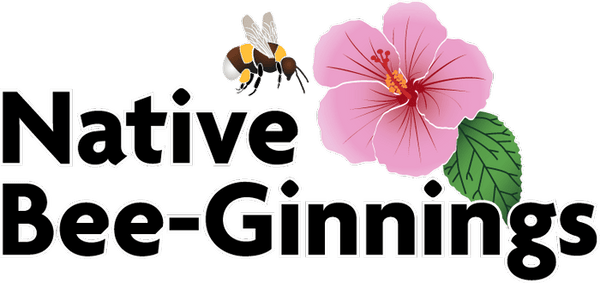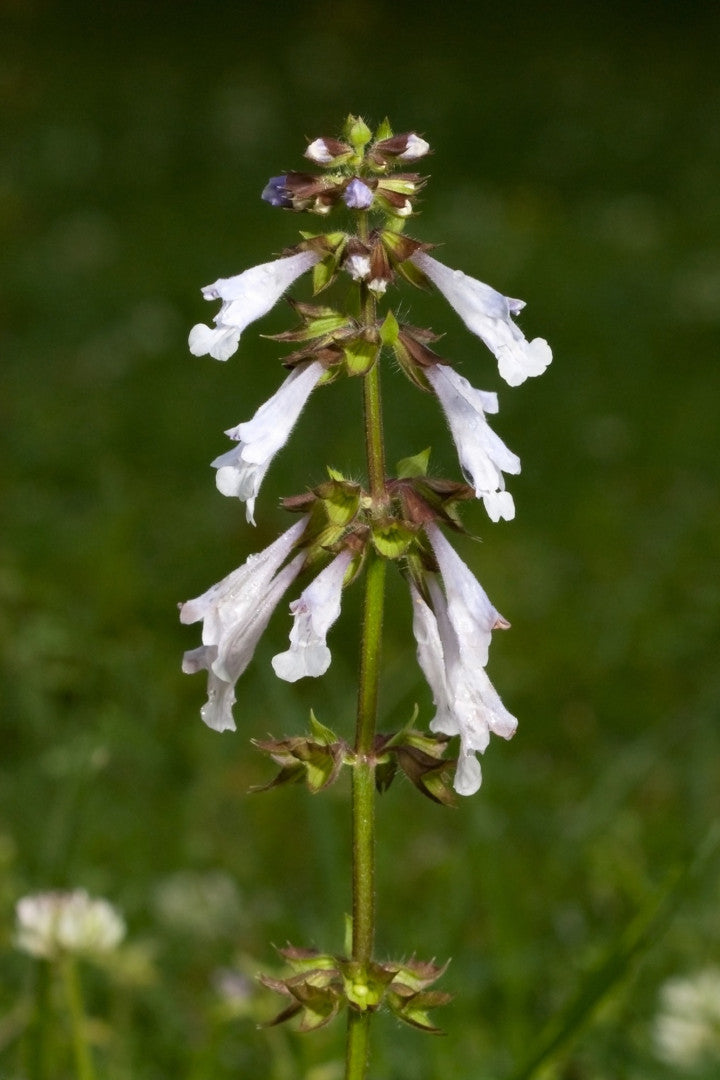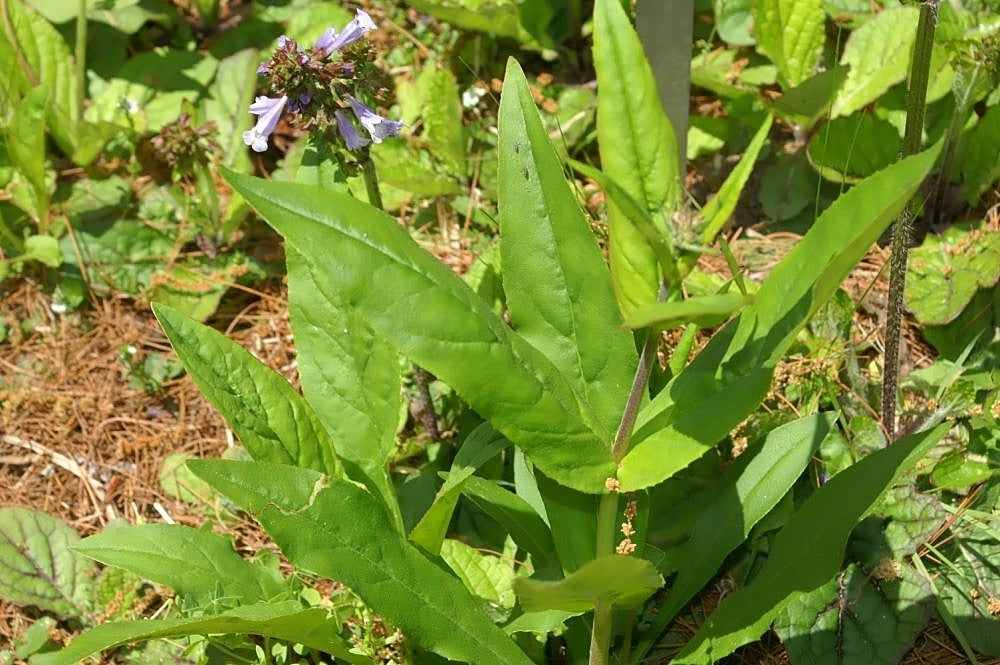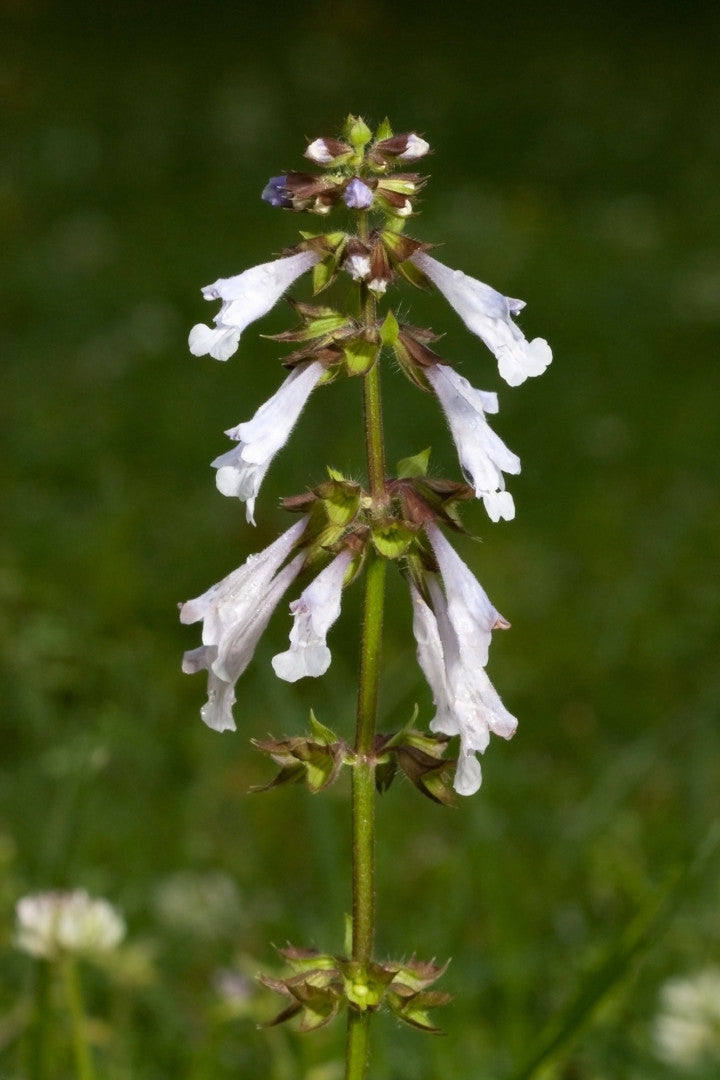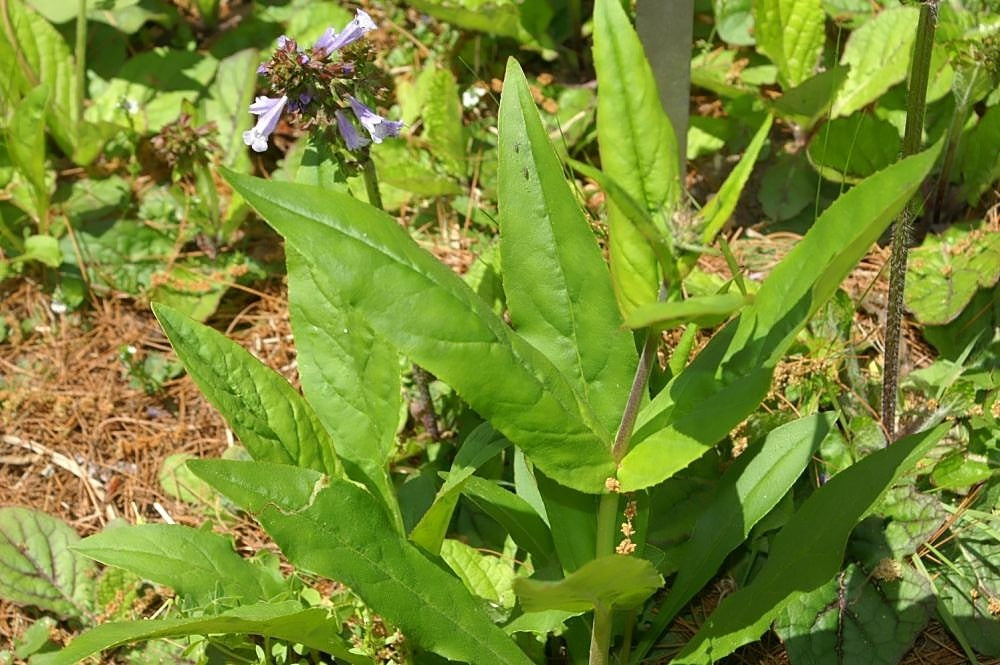About This Plant
Lyreleaf Sage, with its striking and adaptable nature, is a native perennial that brings both charm and ecological benefits to sunny and partially shaded landscapes. Its deeply lobed, lyre-shaped basal leaves are a unique feature that adds texture and color throughout the growing season. Standing 1 to 2 feet tall when in bloom, it produces graceful spikes of pale blue to lavender flowers from late spring to early summer. These nectar-rich blooms are a favorite of pollinators, including bees, butterflies, and hummingbirds, adding to its allure.
Lyreleaf Sage thrives in full sun to partial shade and grows in a wide range of soil types, from sandy to clay, as long as the soil is well-drained. Once established, it is drought-tolerant, making it an excellent choice for low-maintenance gardens, meadows, and wildflower plantings. The plant also readily naturalizes in lawns, where its ground-hugging rosettes create a lush green carpet that can tolerate light foot traffic.
Ecologically, Salvia lyrata plays a vital role by providing early-season nectar to pollinators and serving as a larval host for several butterfly species. Its ability to self-seed and spread makes it helpful in stabilizing soil in erosion-prone areas. At the same time, its low-growing foliage offers ground cover and weed suppression.
This versatile and hardy species combines beauty, functionality, and ecological value. It is a great addition to native plant gardens, pollinator habitats, and restoration projects. Its vibrant flowers and attractive foliage ensure year-round appeal while benefiting wildlife and supporting healthy ecosystems.
